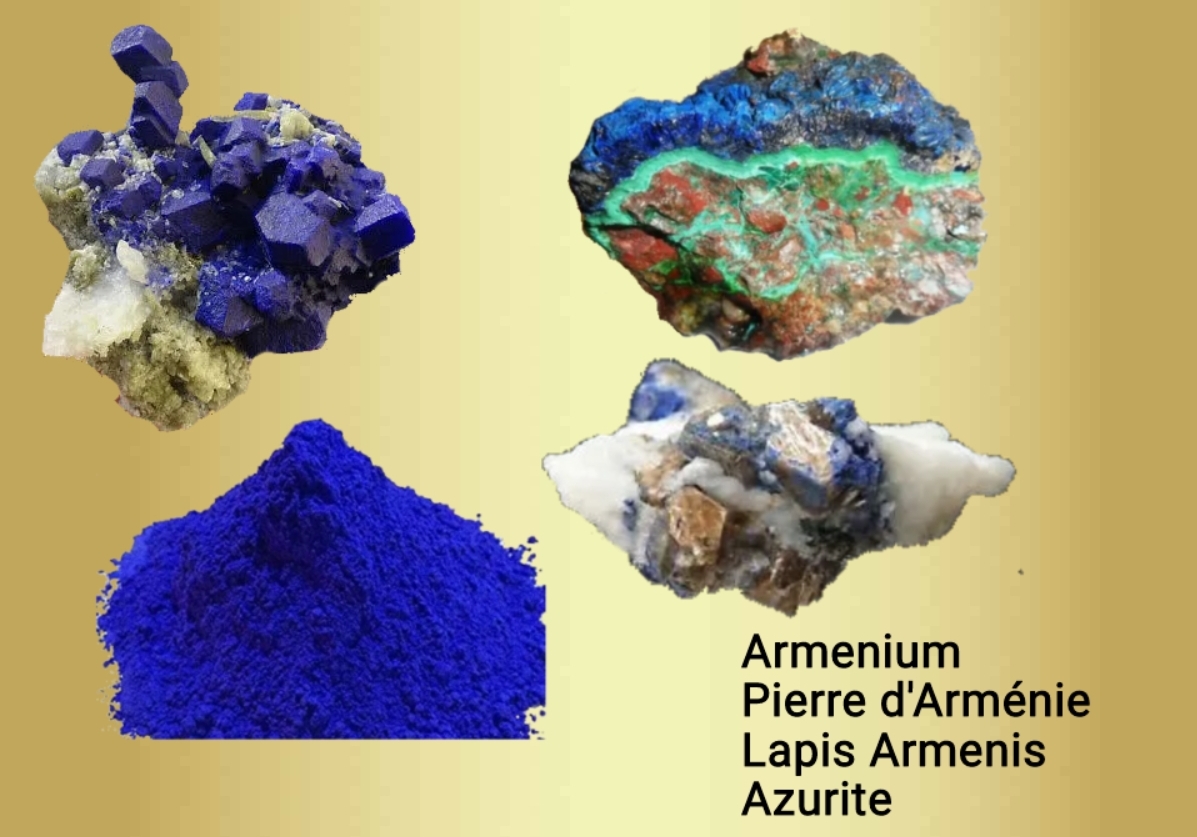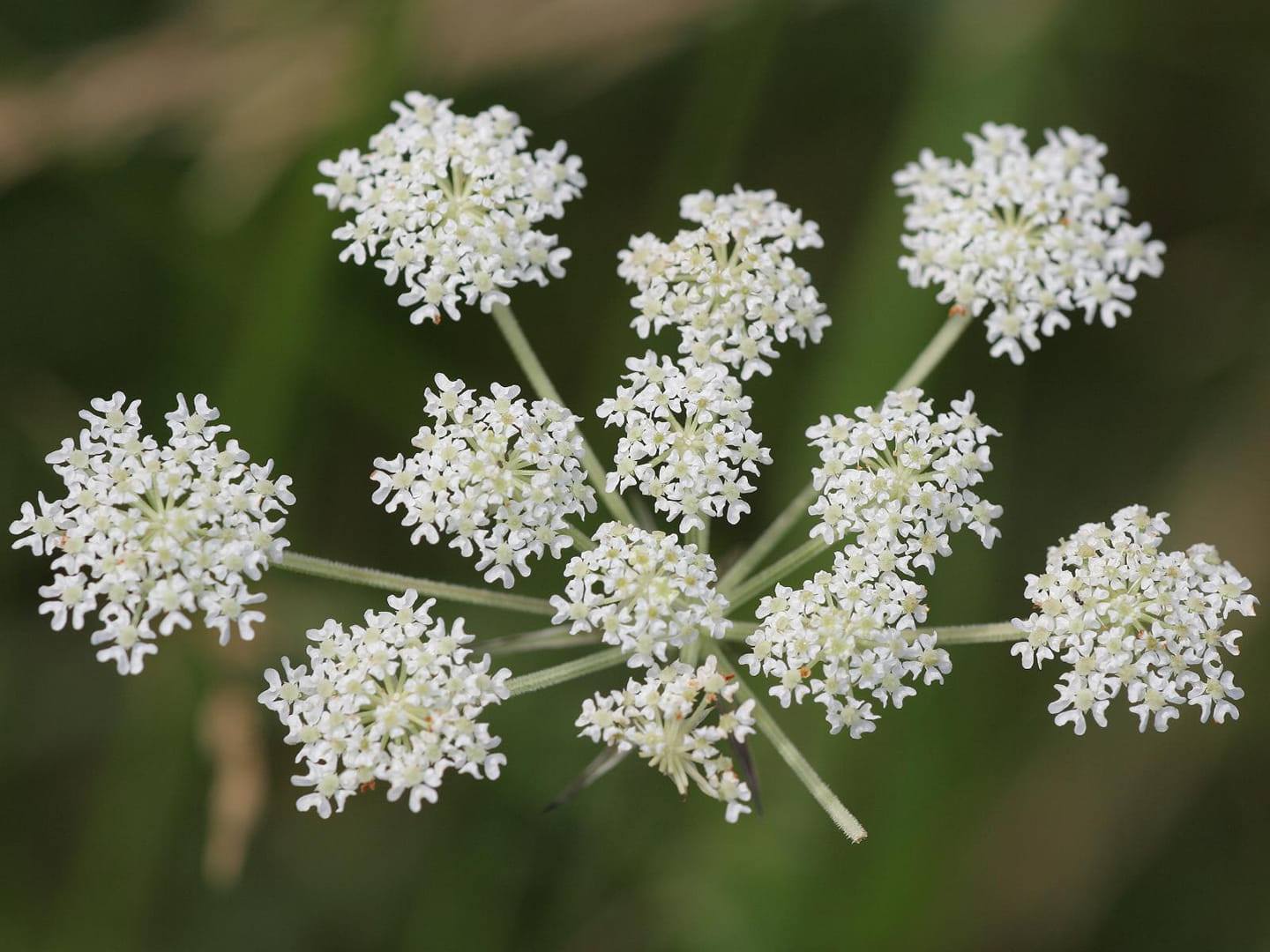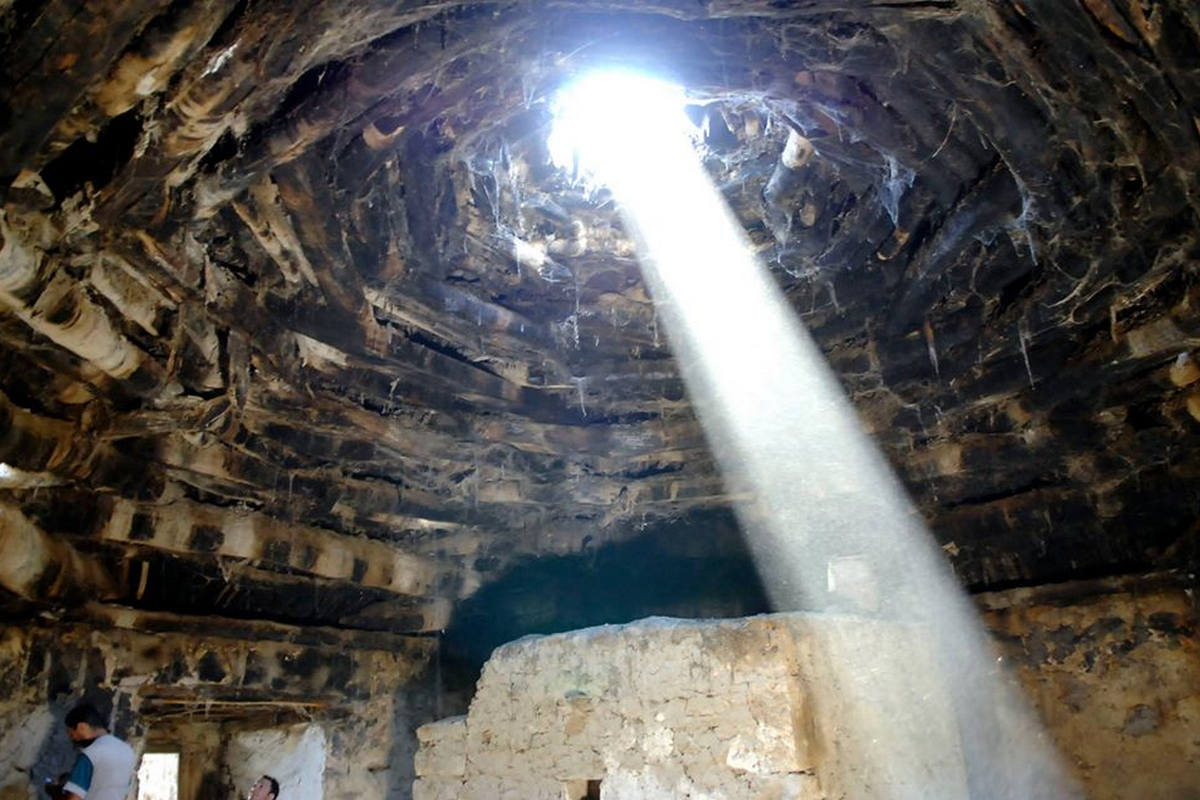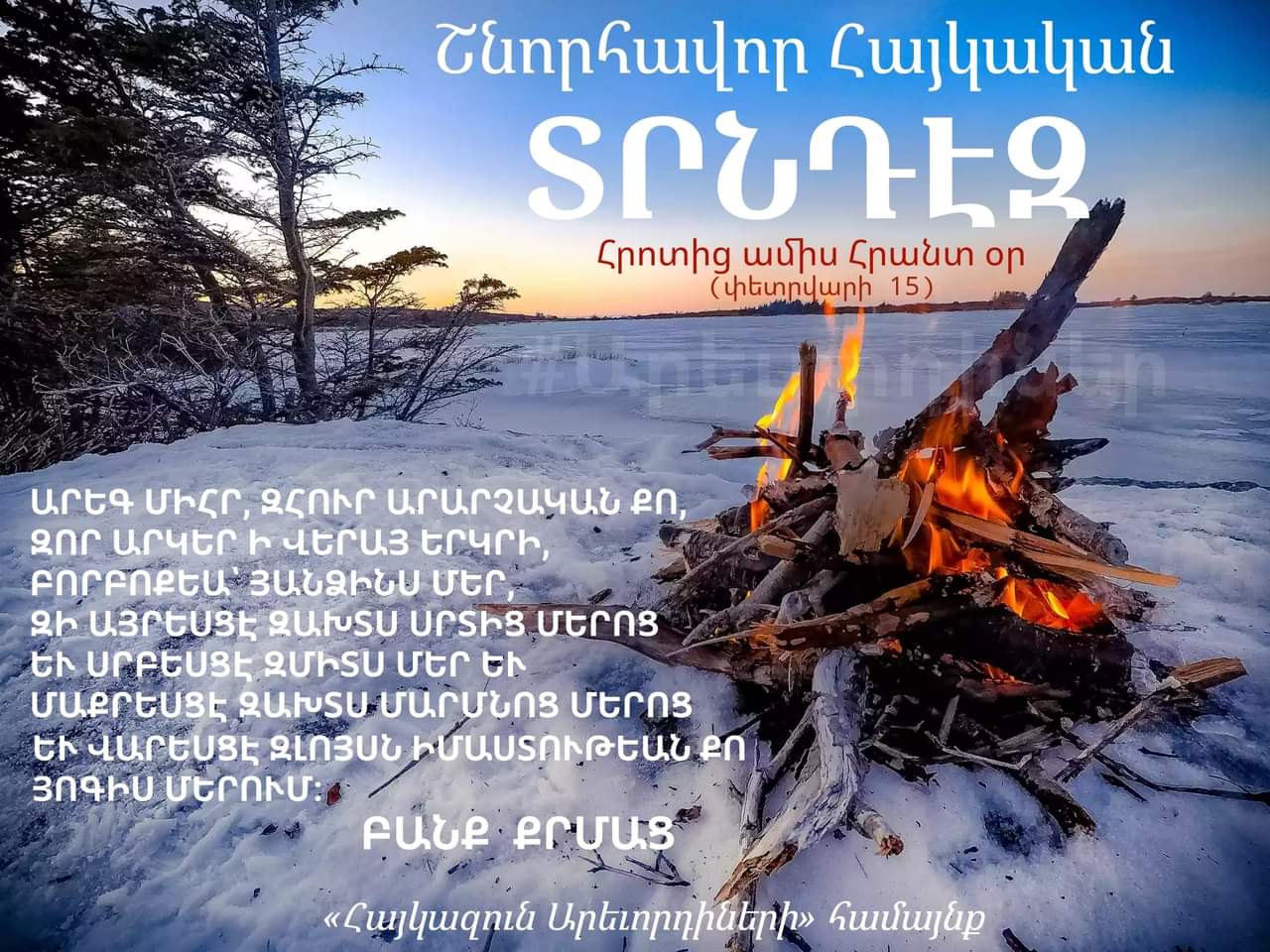“The Heist of the Century: The Dispossession of the Armenians in the Ottoman Empire”
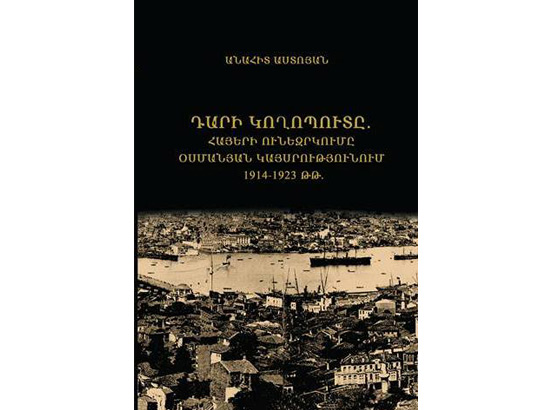
For centuries, Armenians have fought for their independence, the restoration of their statehood, the liberation of Armenia from the rule of the Ottoman and Russian Empires, and the unification of the Armenian people within the Armenian Highlands, their ancestral homeland, to rebuild a strong and sovereign nation.
Following the Russo-Turkish War of 1877-1878, the “Armenian Question” became an integral part of the “Eastern Question.” To rid itself of this issue, the Ottoman Empire implemented various measures—systematically weakening and destroying Armenians economically and materially, subjecting them to massacres and extermination.
Yet, despite repeated violence, plunder, and the confiscation of Armenian lands and wealth, Armenians held a prominent place in the Ottoman Empire’s economy.
Until the early 20th century, numerous Armenian and foreign sources documented the economic strength of Armenians.
In a memorandum submitted to the French Ministry of Foreign Affairs on June 12, 1917, by Poghos Nubar Pasha, head of the Armenian National Delegation, it was stated that Armenians controlled 60% of imported trade, 40% of exported trade, and more than 80% of domestic trade.
In the six Armenian vilayets (Erzurum, Van, Bitlis, Diyarbakir, Kharpert, and Sivas), Armenians dominated 69-86% of commerce, industry, and various crafts.
All Armenian schools were under the full care of their communities, constituting more than 80% of the country’s total number of schools.
A 1920 article in the New York-based newspaper “Call of Armenia” (“Kotsnak Hayastani”), titled “The Situation in Bursa”, noted that before 1915, 40 out of 50 silk production enterprises in Bursa and its surroundings were owned by Armenians.
Other Armenian and foreign sources reveal that in Erzurum, two-thirds of the city’s 3,000 shops belonged to Armenians, or, as M. Vrochenko wrote in 1835:
“The wealthiest merchants in the inner cities of Asia Minor are Armenians.”
One of the rare studies on the material losses suffered by Armenians due to the 1915 Genocide is Anahit Astoyan’s “The Looting of the Century: The Dispossession of Armenians in the Ottoman Empire, 1914-1923,” published in Yerevan in 2013.
This work, of exceptional significance, compiles irrefutable historical facts, archival documents, testimonies from Armenian, Turkish, and foreign sources, and press reports, reaffirming the systematic looting and expropriation of Armenian property by the Turkish authorities and others.
Here are a few excerpts from the book:
“Among the Christian subjects of the Ottoman Empire, Armenians stood out due to their numbers, resilience, and abilities, occupying a leading position. They controlled key sectors of the empire’s economy—crafts, trade, and industry—and were among its primary taxpayers.
Yet, Armenians became victims of Ottoman authorities and the Muslim population.
Through persecution and massacres, the Ottoman rulers succeeded in weakening the Armenian people, while the Muslim population, exploiting the situation, continued to exterminate Armenians by fire and sword, seizing their wealth.”
(From the book “Militarism” by Italian historian and writer Guglielmo Ferrero).
“British diplomat Pearce considered one of the main reasons behind the Hamidian massacres to be the fact that Armenians had managed to concentrate significant economic power in their hands and had played a pioneering role in the empire’s economic development.”
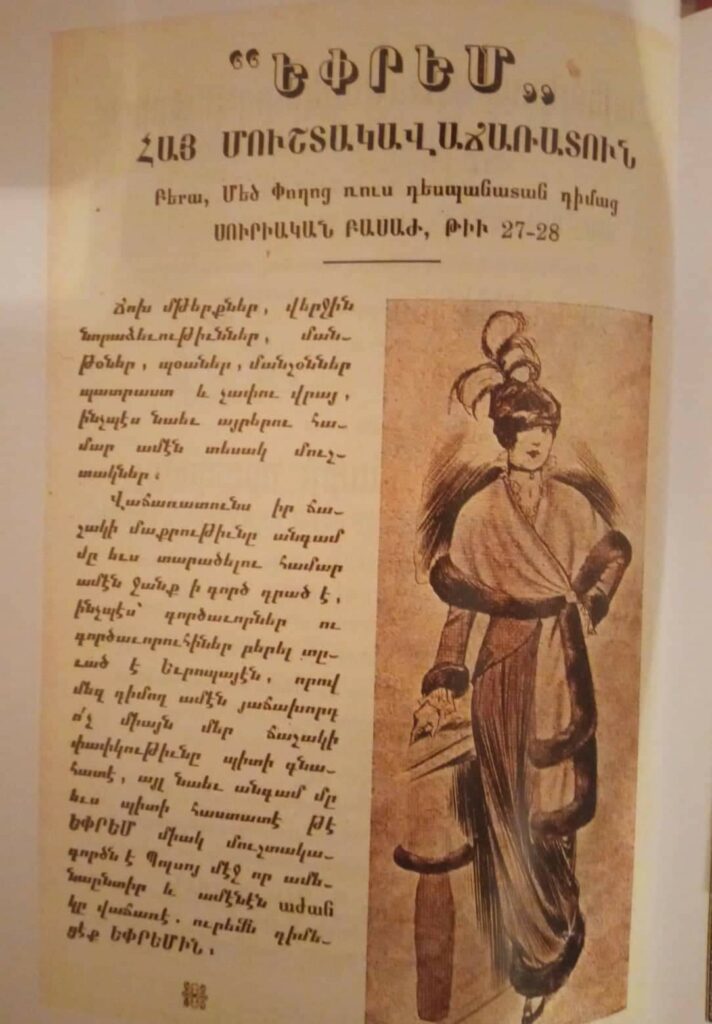
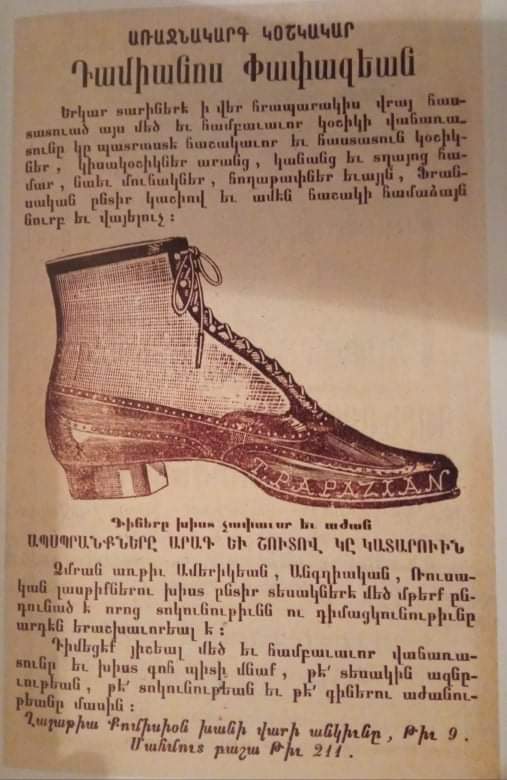
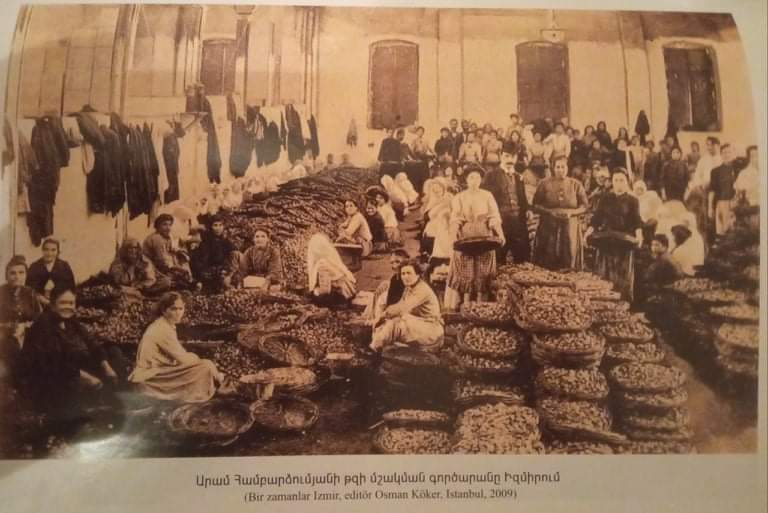
On October 31, 1915, from Constantinople, the Italian Commissioner for the Protection of Italian Nationals in Turkey, Talayan, sent a telegram to Italy’s Foreign Minister, Sonnino:
“The confiscated property of the deported Armenians is being handed over to the emptied state treasury, but more often, it simply enriches Turkish officials’ personal wealth.”
Johannes Lepsius summarized the situation bluntly:
“A robbery of this scale, unmatched in history, could only take place under Turkish rule.”
In another work, he noted:
“The deported Armenians had no choice but to leave behind everything—their homes, land, livestock, household and farming tools. The deportation was, in reality, the systematic seizure of Armenian wealth.”
U.S. Ambassador Henry Morgenthau described it even more starkly:
“The true aim of the deportations was plunder and destruction; it was a new method of extermination. When the Ottoman authorities ordered these deportations, they knew they were signing the death warrant of an entire people. They understood it fully and did not even try to deny it in our discussions.”
Fridtjof Nansen, in his book The Betrayed People, wrote about the Armenians’ financial losses:
“The Turkish authorities not only displaced and massacred entire populations of desperate people but also stole all their assets, worth billions.”
The material losses suffered by Armenians during the 1915-1923 Armenian Genocide at the hands of the Turkish government were so vast that their full extent is almost impossible to calculate. The challenge is even greater because the precise value of Western Armenian wealth before the genocide remains unknown.
One account from Karin (Erzurum) illustrates the scale of the looting:
*”Only during the deportations did the staggering wealth of the Armenians of Karin become evident, shocking everyone. If even a fraction of this wealth had been used for self-defense, it could have changed the fate of Armenians in the region. The forced deportations merely exposed these hidden and often denied fortunes.
Tens of thousands of sacks filled with valuables were stored in the Surp Asdvadzadzin Church, American institutions, and even in the homes of Turks once considered friends. Thousands of ox-carts carried away the essentials and precious belongings of Karin’s Armenians, along with vast amounts of gold—hidden on family members or within household items.
This gold and property were plundered and distributed across the region, from Karin to Baberd, Erzincan, Kemakh, Akn, Arabkir, Malatya, Adıyaman, Urfa, Suruç, and all the way to Aleppo—traded, stolen, and handed over to Turks and Kurds as bribes or ransoms.
As a result, hundreds of Armenian women, girls, and even some men and boys were able to escape and reach Urfa, Suruç, Aleppo, and Mosul. They survived the massacres and later testified to the atrocities—the systematic genocide committed with official approval by the Turkish government, using criminal police forces, bloodthirsty Turkish and Kurdish militias, and violent mobs.”*
“Armenian wealth was seized not only by the Turkish government and local Turkish, Kurdish, and Circassian populations but also by foreign interests. Reports in the Armenian press following the Mudros Armistice confirm this.”
Today, as the world faces critical political decisions, recognizing the Armenian Genocide and seeking reparations—including compensation for victims’ descendants and the Armenian nation—demands the preparation of a legal case against the Republic of Turkey, the successor to the Ottoman Empire, to restore rightful Armenian lands and property.

